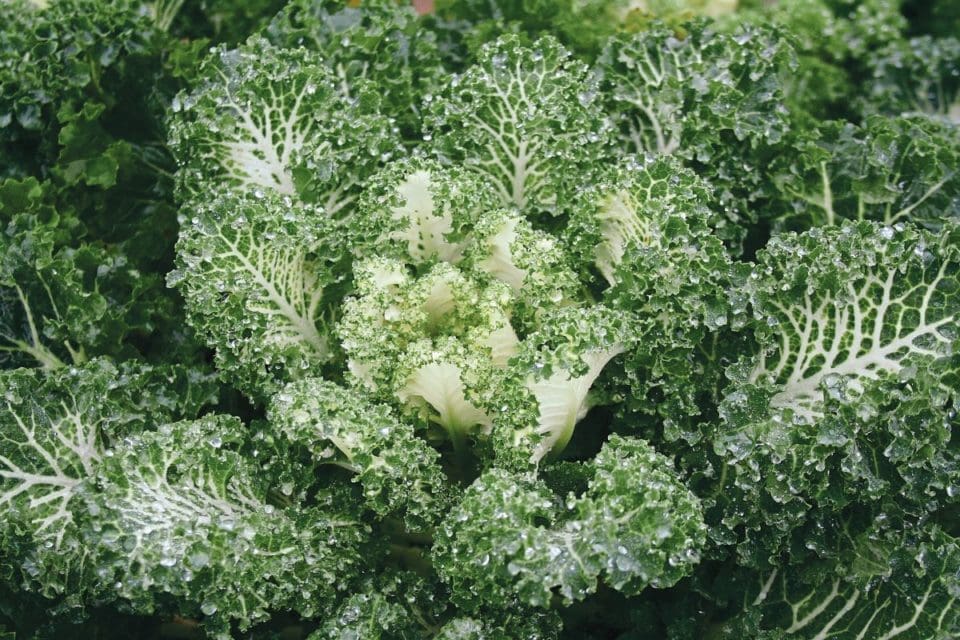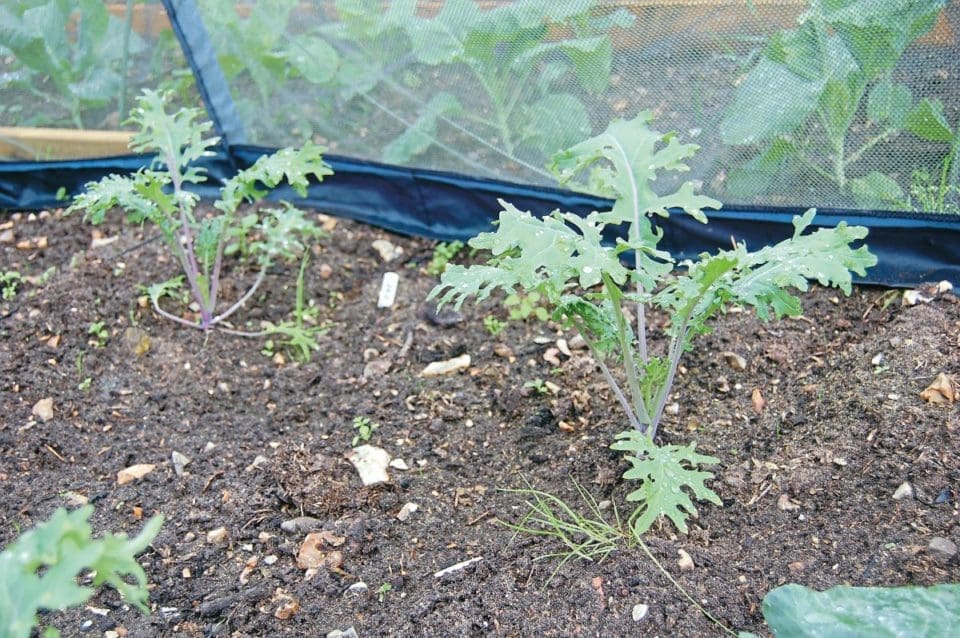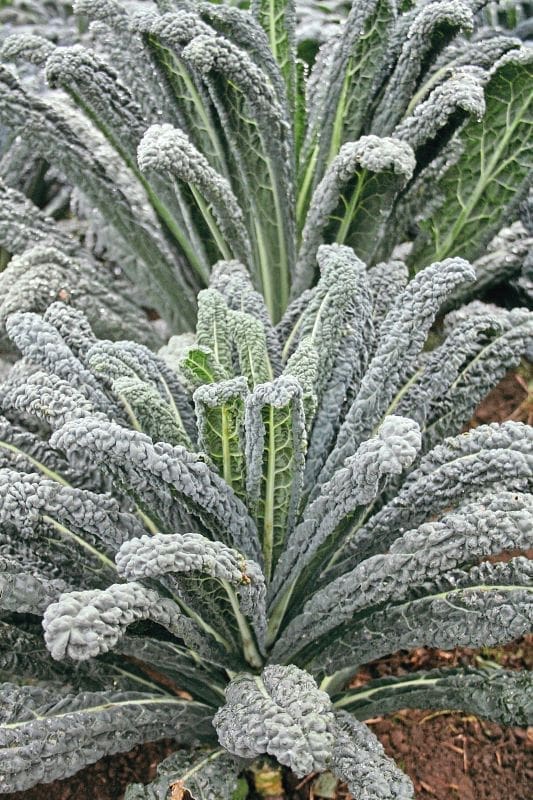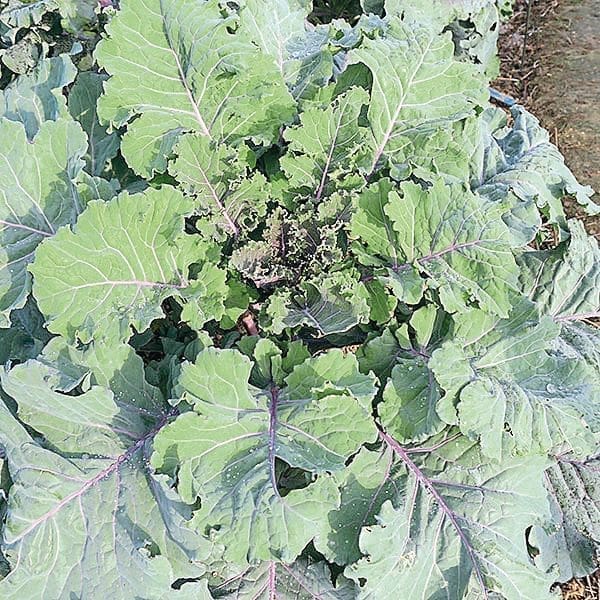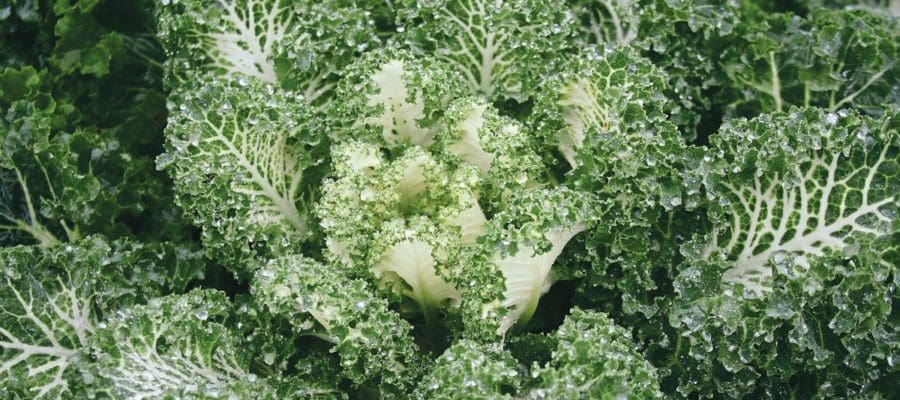If there had to be a choice between which brassicas to grow Emma Rawlings would choose kale every time. Here she explains why and gives tips on how to grow it.
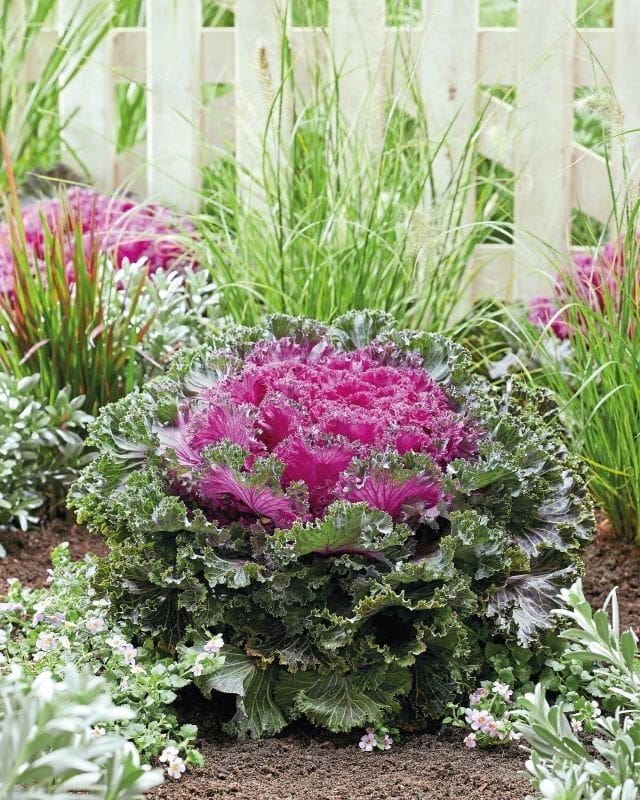
PHOTO: SUTTONS www.suttons.co.uk
You can keep your cabbages, caulis and sprouts – for me, kale is king and for so many reasons. The main one being that kale can provide many pickings of leaves throughout much of the year and it just keeps on giving, especially in winter. You don’t need a lot of plants to give you a good harvest, often at a time when fresh veg is at a premium. And they are so nutritious. As well as having all the usual antioxidants that green-leaved veggies have, kale exceeds many others in its vitamin C and A content. Kale is hardy and once it is established it is fairly resistant to pest damage, although whitefly can sometimes be a problem. Kale is also extremely tasty and can be used as baby leaves in salads or grown to maturity and then added to any dish you like.
Kale is a very hardy plant and will tolerate severe weather. It can almost be buried in snow, frozen to the core, beaten by fierce winds, but when the storms have passed it stands proud. It is your best winter friend on the plot. To further convince you that kale is king there has been a lot of breeding work done with kales in recent years and you can now find some really beautiful ones to grow that would not look out of place in a flower border.
How to grow
Kale is not difficult to grow, which is another point in its favour. Compared with other brassicas I think it is a little easier.
It can be sown all year round, especially if you just want to eat kale as microgreens in the depths of winter by sowing a shallow tray on your kitchen windowsill. In early spring or autumn you could sow some in a cold greenhouse border or in a pot and harvest kale as young plants.
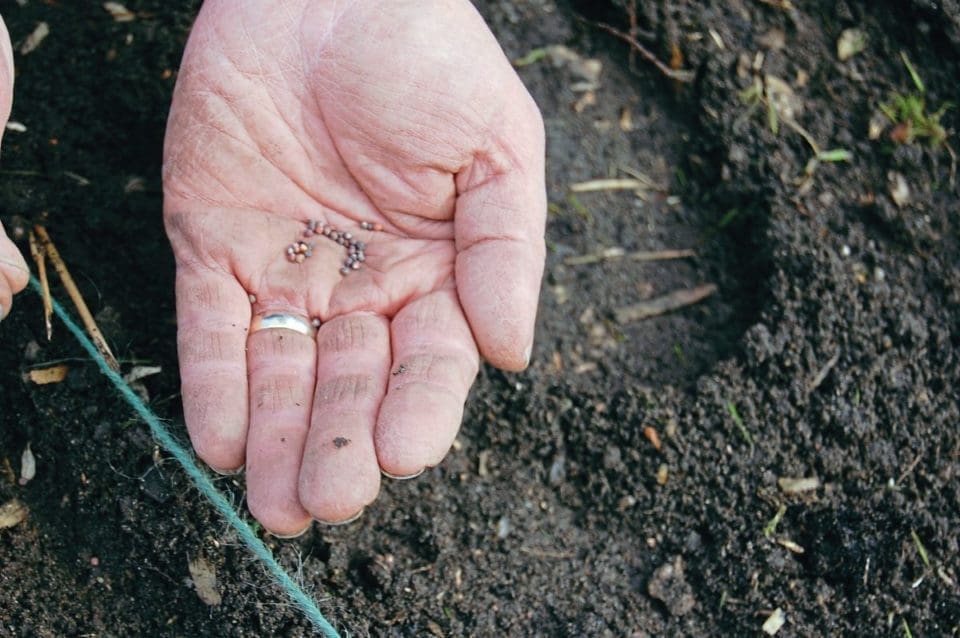
To grow plants to full size it is best to start them off between March and June. You have two options in sowing. If you have room on the veg plot then devote a small area as a seed bed. Dig over and rake well to create a level crumbly surface. Sow the seeds 1cm (½in) deep and seeds about 2.5cm (1in) apart. When they germinate remove some as they grow to about 7.5cm (3in) apart. You can eat the thinnings. Keep the plants covered with Enviromesh or Veggiemesh or small holed butterfly netting. When the plants are 13cm (5in) or so, you can lift them and transplant into their final positions about 45cm (18in) apart. Firm them in well.
You can also sow into cell trays and grow them on in a cold greenhouse or cold frame or under some netting until large enough to plant out. Use some multipurpose compost of your choice and sow two seeds per cell and thin out to one when they germinate.
Grow on until they’re about 13cm (5in) tall before planting out.
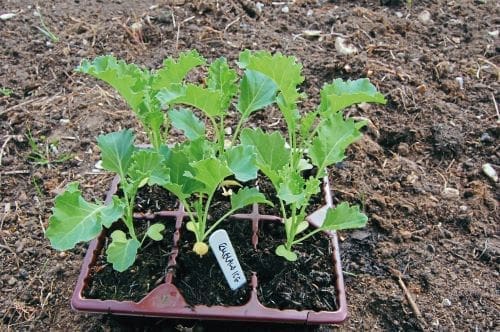
Protect with covers
Kale is a brassica and so is vulnerable to a lot of pests, including pigeons and cabbage white butterflies. It is best to keep the crop covered from seed sowing stage until at least mid to late autumn when pests start to be less of an issue. That said, whitefly can sometimes be troublesome all year round and the really curly kales can harbour this pest among the ruffles in the leaves. A flat-leaved type may be better if these start becoming a problem.
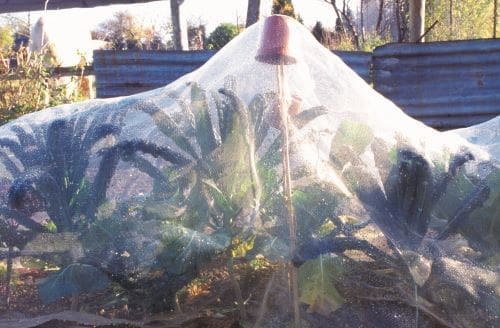
Harvesting
The beauty of kale is you can harvest when the plants are small or grow to maturity and take a leaf or two when you want them. Avoid damaging the growing tip of the plant and use a few of the younger leaves for best flavour but if used in cooking, some of the older leaves are also fine.

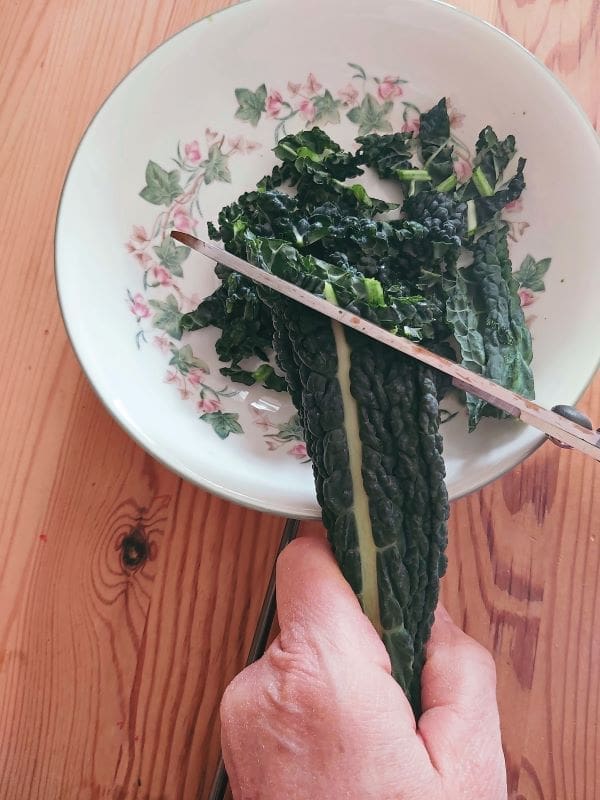
Varieties
